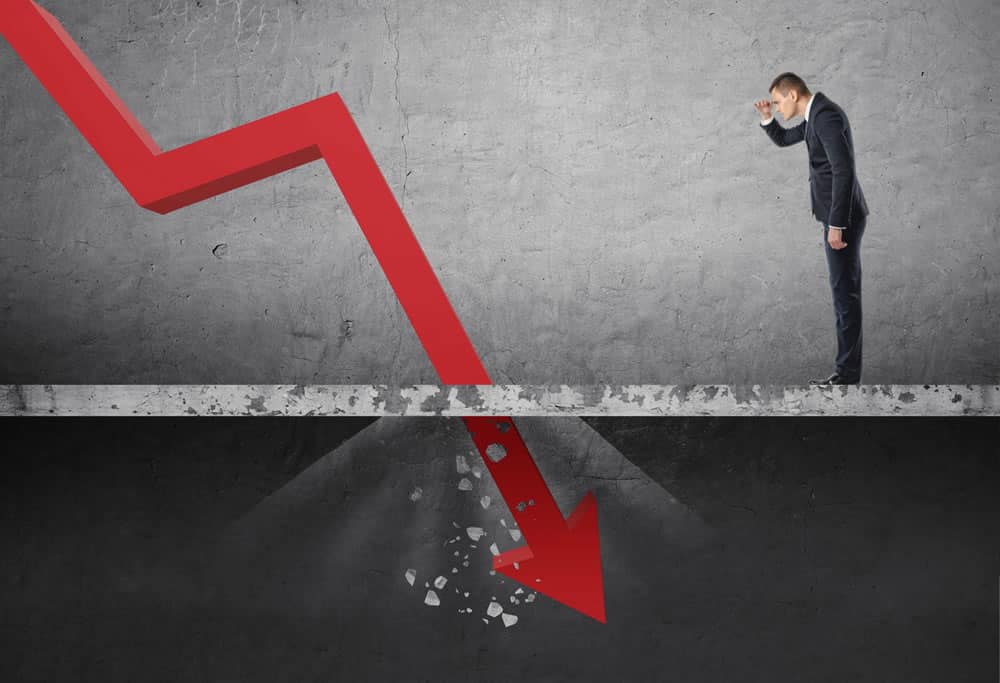In the world of cryptocurrency, the term “rug pull” refers to a deceptive practice where the developers of a particular cryptocurrency project unexpectedly abandon the project, taking away all the funds invested by participants. It’s like pulling a rug from under someone’s feet, leaving them in a state of shock and financial loss.
This fraudulent maneuver usually occur in decentralized finance (DeFi) projects or other cryptocurrencies lacking proper regulations. The creators entice investors with promises of high returns and potential growth, but once a significant amount of money has been invested, they vanish, leaving investors with worthless tokens and no way to recover their funds. Rug pulls undermine trust in the crypto space and highlight the importance of conducting thorough research before investing in any project.

How To Spot a Rug Pull
Being able to spot a rug pull will protect you from losing money. In the world of cryptocurrencies, there are many scams and frauds. Here are some tips to help you spot a rug pull:
- Thoroughly research the project: Before investing, gather information about the project team, their experience, and their track record. Look for credibility, including their presence on social media platforms and their interactions with the community.
- Analyze the tokenomics: Rug pulls often involve tokens with suspicious tokenomics. Examine the distribution model, the total supply, and the token allocation. If a significant portion is allocated to the project team or inaccessible for trading, it could be a red flag.
- Review the project’s whitepaper: Scrutinize the whitepaper for a clear explanation of the project’s goals, technology, and roadmap. Pay attention to any vague or unrealistic claims that may indicate a fraudulent intent.
- Monitor liquidity: Rug pulls typically involve a sudden removal of liquidity from decentralized exchanges. Keep an eye on the liquidity pool and trading volume. If you notice a significant drop or irregularities, it could be a sign of an impending rug pull.
- Assess community engagement: Engage with the project’s community on social media platforms or forums. Evaluate the level of activity, responsiveness, and the overall sentiment. Lack of community involvement or an overly aggressive marketing campaign can be warning signs.
- Check the contract: If the project is built on a blockchain, review the smart contract code. Look for any suspicious functions, such as minting or burning tokens, or hidden ownership controls. Audits by reputable firms can provide an additional layer of trust.
- Be cautious of promises: Be skeptical of projects that guarantee unrealistic returns or promise quick profits. High-pressure tactics or requests for immediate investment should raise concerns.
Rug pulls can be unpredictable, and no method guarantees complete safety. Staying informed, conducting due diligence, and trusting your instincts are play a big role in protecting yourself from potential rug pulls.
Effects of Rug Pull on the Crypto Community
Rug pulls have significant consequences for the crypto community, reverberating through its ecosystem and impacting various stakeholders. Here are some impacts of rug pulls on the crypto community:
- Losses: Rug pulls can result in significant financial losses for investors. When scammers abruptly withdraw liquidity from a project, the value of the tokens can plummet, leaving investors with no value for their holdings.
- Trust: Rug pulls erode trust within the cryptocurrency community. Such incidents can create a sense of skepticism and caution among investors, making it harder for legitimate projects to gain credibility.
- Reputation: Rug pulls tarnish the reputation of the teams behind the fraudulent projects. This negative publicity can have long-term consequences, impacting their ability to secure future investments or collaborate on reputable initiatives.
- Volatility: Rug pulls contribute to market volatility and instability within the cryptocurrency ecosystem. Sudden drops in token prices due to rug pulls can trigger panic selling and a general loss of confidence, affecting the overall market sentiment.
- Regulatory Scrutiny: Rug pulls draw attention from regulatory authorities and increase the likelihood of increased scrutiny and regulations within the cryptocurrency space. Governments and regulatory bodies may intervene to protect investors, potentially imposing stricter rules that could impact legitimate projects as well.
Being up to date with the latest happenings in the crypto world is important for investors and traders. Dart Africa helps by providing current information about cryptocurrencies. Also, Dart Africa makes it easy for users to convert their holdings to cash, offering a convenient way to access the value of their investments.
Dart Africa is a helpful resource that keeps crypto enthusiasts informed and supports them in navigating the fast-paced world of digital currencies.





